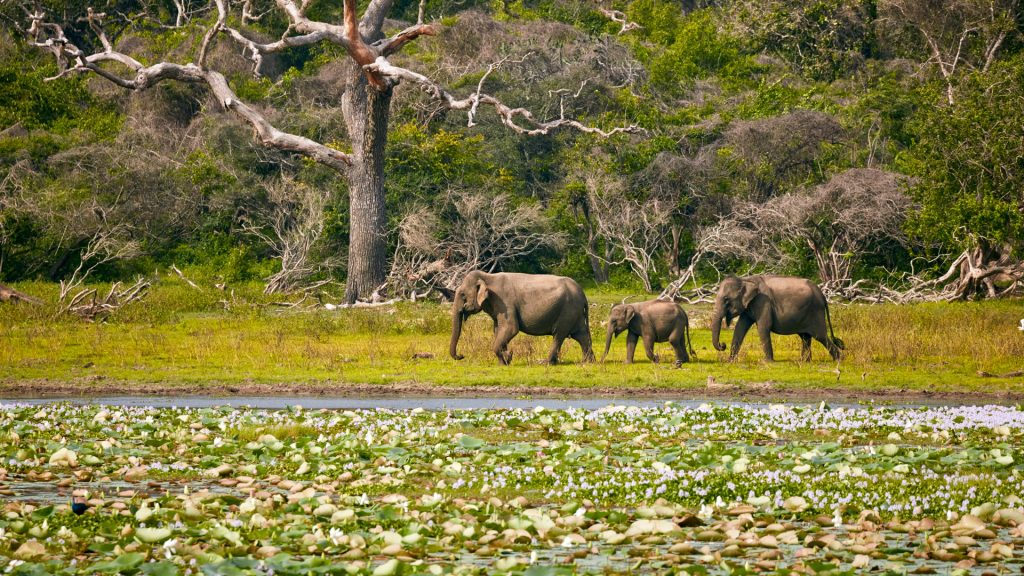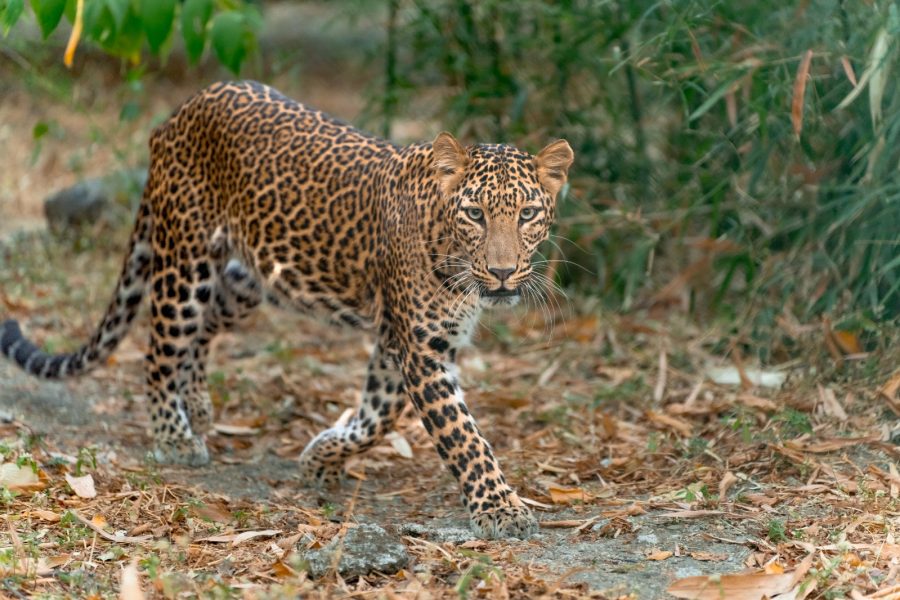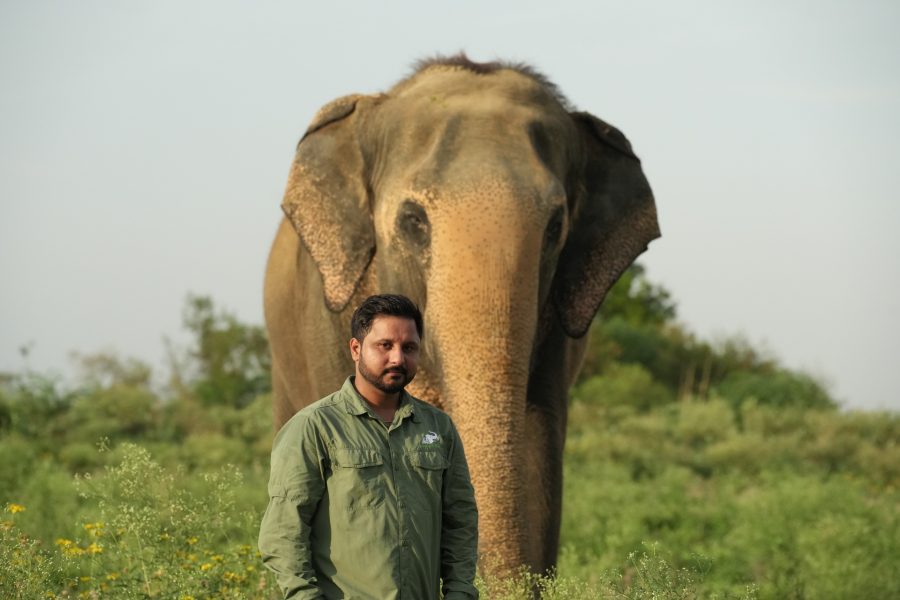You have probably heard about the importance of wildlife corridors to the sustainability of wildlife populations. But what exactly is a wildlife corridor and why are they so important to wildlife populations? To fully grasp the importance of wildlife corridors one must first have an understanding of habitat fragmentation. Habitat fragmentation occurs when large expanses of habitats are split into smaller patches that are potentially isolated from one another. Human activities such as urbanization or conversion of natural habitats into agricultural fields cause habitat fragmentation. Habitat fragmentation is a growing risk to the biodiversity of the planet. Strictly speaking a wildlife corridor is any area of habitat connecting otherwise discontinuous wildlife populations. However, as related to human caused fragmentation, the term is used to refer to areas of habitat connecting protected wildlife habitats to one another, allowing for wildlife movement that would otherwise be separated by human disturbed areas.

Corridors allow animals to freely move from one habitat patch to another without crossing human-caused barriers which can put animals, and potentially humans, in danger. But why is this so important? Let us start by focusing on landscape species, which are basically wildlife species that need expansive areas to survive, such as tigers in India or grizzly bears in the United States. These species are the first to disappear across a fragmented landscape and often only persist in the largest protected patches of habitats, such as National Parks. However, even in these large protected areas potential issues will still arise over the long run because without corridors, these populations are isolated. Small isolated populations are susceptible to stochastic (or random) events as well as genetic draft.
Stochastic events can include everything from fires, to disease or storms. If a population of say, butterflies, is hanging on in one small isolated park and a large fire burns the vast majority of the park, the species of butterfly may be completely distinguished. Large expanses of habitat, or corridors connecting habitat patches can help buffer populations of wildlife from being extirpated from stochastic events. Stochastic events are natural, but human caused fragmentation puts wildlife at risk from stochastic events. Wildlife Corridors also help facilitate the re-establishment of populations that have been reduced or eliminated due to random stochastic events.
Genetic drift is something that occurs in all populations, but its effects are most acute in small isolated populations. In short, genetic drift happens when genetic variation is reduced. Genetic drift is not inherently a bad thing however, but it can lead to unhealthy genetic diseases and deformities which could eventually cause the population to crash. We can see the problems genetic drift can potentially cause by taking a close look at the inbreeding of European royalty which went on for roughly 200 years. In this case genetic drift caused all sorts of deformities and health issues including 6 fingers, huge jawlines and thick tongues which actually made it difficult for those afflicted to speak and eat. Mental illness also resulted from the inbreeding.
Therefore, wildlife corridors allow for the movement of the animals between populations and thereby avoid inbreeding. So, returning to our tiger example and the populations of tigers in Kanha and Pench National Parks, they will likely mate with other tigers born in the same park. However, tigers, mostly males, will also sometimes leave the park in which they were born and raised, to mate with females from a different population of tigers. So, tigers move from Kanha to Pench and vice versa, and they mate with tigers from a different population adding genetic diversity to the gene pool. Not only are these two National Parks exchanging tigers’ genetic material, but there are also tigers moving from Melghat and Satpura National Parks, keeping all four locations genetically healthier. In a sense, although there is genetic diversity between the four locations, the corridors keep the four areas working as one larger population.
Wildlife SOS is doing extensive conservation and research on the Deccan Plateau of eastern Karnataka. Like most areas there is a lot of fragmented habitat in this part of India. Wildlife habitats are noticeable among the expansive agricultural fields and stick out like rocky islands in a sea of farmlands. Despite the fragmentation the Deccan Plateau, it is still home to leopards, sloth bears, striped hyenas and even wolves, not to mention smaller wildlife species including jungle cats, pangolins, crested porcupines, star tortoises and a whole host of reptiles and birds. Wildlife SOS has purchased a small amount of land in a key area to not only place a field station which hosts our barefoot soldiers and our star tortoise repatriation project, but also to connect fragmented pieces of habitat. Connection is key in the survival of species living in these fragmented areas.





